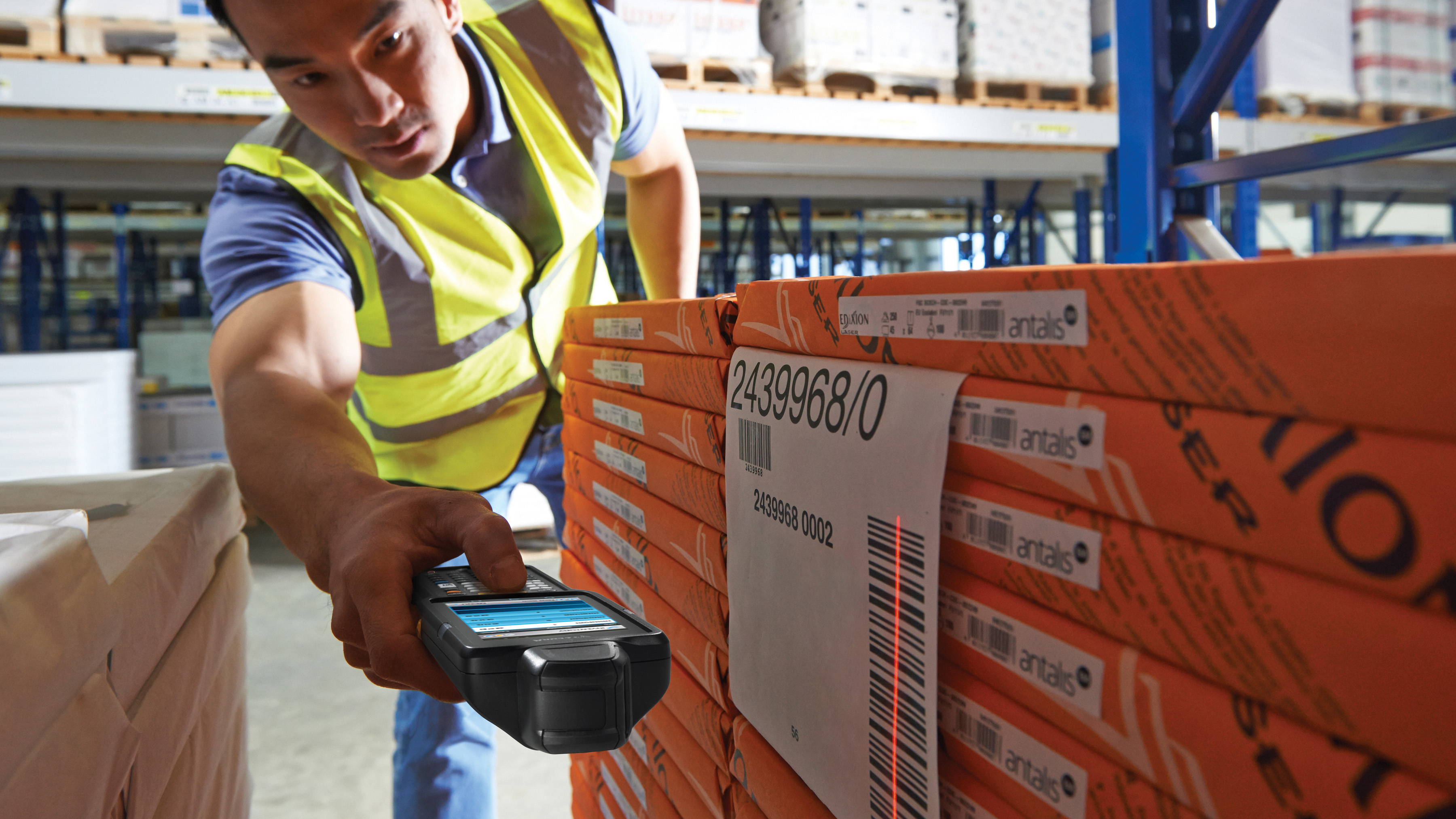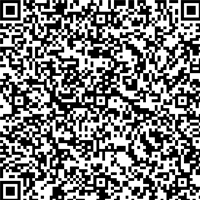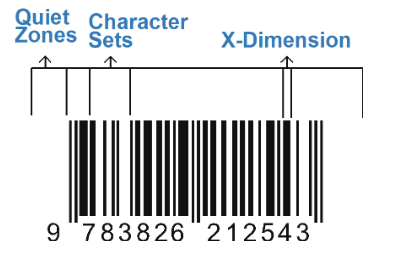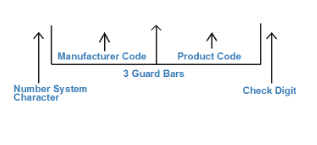Transform retail operations with Zebra’s retail technology solutions, featuring hardware and software for improving inventory management and empowering teams.
Streamline operations with Zebra’s healthcare technology solutions, featuring hardware and software to improve staff collaboration and optimize workflows.
Enhance processes with Zebra’s manufacturing technology solutions, featuring hardware and software for automation, data analysis, and factory connectivity.
Zebra’s transportation and logistics technology solutions feature hardware and software for enhancing route planning, visibility, and automating processes.
Learn how Zebra's public sector technology solutions empower state and local governments to improve efficiency with asset tracking and data capture devices.
Zebra's hospitality technology solutions equip your hotel and restaurant staff to deliver superior customer and guest service through inventory tracking and more.
Zebra's market-leading solutions and products improve customer satisfaction with a lower cost per interaction by keeping service representatives connected with colleagues, customers, management and the tools they use to satisfy customers across the supply chain.
Empower your field workers with purpose-driven mobile technology solutions to help them capture and share critical data in any environment.
Zebra's range of Banking technology solutions enables banks to minimize costs and to increase revenue throughout their branch network. Learn more.
Zebra's range of mobile computers equip your workforce with the devices they need from handhelds and tablets to wearables and vehicle-mounted computers.
Zebra's desktop, mobile, industrial, and portable printers for barcode labels, receipts, RFID tags and cards give you smarter ways to track and manage assets.
Zebra's 1D and 2D corded and cordless barcode scanners anticipate any scanning challenge in a variety of environments, whether retail, healthcare, T&L or manufacturing.
Zebra's extensive range of RAIN RFID readers, antennas, and printers give you consistent and accurate tracking.
Choose Zebra's reliable barcode, RFID and card supplies carefully selected to ensure high performance, print quality, durability and readability.
Zebra's rugged tablets and 2-in-1 laptops are thin and lightweight, yet rugged to work wherever you do on familiar and easy-to-use Windows or Android OS.
With Zebra's family of fixed industrial scanners and machine vision technologies, you can tailor your solutions to your environment and applications.
Zebra’s line of kiosks can meet any self-service or digital signage need, from checking prices and stock on an in-aisle store kiosk to fully-featured kiosks that can be deployed on the wall, counter, desktop or floor in a retail store, hotel, airport check-in gate, physician’s office, local government office and more.
Adapt to market shifts, enhance worker productivity and secure long-term growth with AMRs. Deploy, redeploy and optimize autonomous mobile robots with ease.
Discover Zebra’s range of accessories from chargers, communication cables to cases to help you customize your mobile device for optimal efficiency.
Zebra's environmental sensors monitor temperature-sensitive products, offering data insights on environmental conditions across industry applications.
Zebra's location technologies provide real-time tracking for your organization to better manage and optimize your critical assets and create more efficient workflows.
Enhance frontline operations with Zebra’s AI software solutions, which optimize workflows, streamline processes, and simplify tasks for improved business outcomes.
Empower your frontline with Zebra Companion AI, offering instant, tailored insights and support to streamline operations and enhance productivity.
The everything you need to rapidly and cost effectively develop high-performance AI vision applications on Zebra mobile computers.
Zebra Frontline AI Blueprints deliver adaptable, real-world AI frameworks that automate manual tasks and drive efficiency in high-pressure frontline operations.
Zebra Workcloud, enterprise software solutions boost efficiency, cut costs, improve inventory management, simplify communication and optimize resources.
Keep labor costs low, your talent happy and your organization compliant. Create an agile operation that can navigate unexpected schedule changes and customer demand to drive sales, satisfy customers and improve your bottom line.
Drive successful enterprise collaboration with prioritized task notifications and improved communication capabilities for easier team collaboration.
Get full visibility of your inventory and automatically pinpoint leaks across all channels.
Reduce uncertainty when you anticipate market volatility. Predict, plan and stay agile to align inventory with shifting demand.
Drive down costs while driving up employee, security, and network performance with software designed to enhance Zebra's wireless infrastructure and mobile solutions.
Explore Zebra’s printer software to integrate, manage and monitor printers easily, maximizing IT resources and minimizing down time.
Make the most of every stage of your scanning journey from deployment to optimization. Zebra's barcode scanner software lets you keep devices current and adapt them to your business needs for a stronger ROI across the full lifecycle.
RFID development, demonstration and production software and utilities help you build and manage your RFID deployments more efficiently.
RFID development, demonstration and production software and utilities help you build and manage your RFID deployments more efficiently.
Zebra DNA is the industry’s broadest suite of enterprise software that delivers an ideal experience for all during the entire lifetime of every Zebra device.
Advance your digital transformation and execute your strategic plans with the help of the right location and tracking technology.
Boost warehouse and manufacturing operations with Symmetry, an AMR software for fleet management of Autonomous Mobile Robots and streamlined automation workflows.
The Zebra Aurora suite of machine vision software enables users to solve their track-and-trace, vision inspection and industrial automation needs.
Zebra Aurora Focus brings a new level of simplicity to controlling enterprise-wide manufacturing and logistics automation solutions. With this powerful interface, it’s easy to set up, deploy and run Zebra’s Fixed Industrial Scanners and Machine Vision Smart Cameras, eliminating the need for different tools and reducing training and deployment time.
Aurora Imaging Library™, formerly Matrox Imaging Library, machine-vision software development kit (SDK) has a deep collection of tools for image capture, processing, analysis, annotation, display, and archiving. Code-level customization starts here.
Aurora Design Assistant™, formerly Matrox Design Assistant, integrated development environment (IDE) is a flowchart-based platform for building machine vision applications, with templates to speed up development and bring solutions online quicker.
Designed for experienced programmers proficient in vision applications, Aurora Vision Library provides the same sophisticated functionality as our Aurora Vision Studio software but presented in programming language.
Aurora Vision Studio, an image processing software for machine & computer vision engineers, allows quick creation, integration & monitoring of powerful OEM vision applications.
Adding innovative tech is critical to your success, but it can be complex and disruptive. Professional Services help you accelerate adoption, and maximize productivity without affecting your workflows, business processes and finances.
Zebra's Managed Service delivers worry-free device management to ensure ultimate uptime for your Zebra Mobile Computers and Printers via dedicated experts.
Find ways you can contact Zebra Technologies’ Support, including Email and Chat, ask a technical question or initiate a Repair Request.
Zebra's Circular Economy Program helps you manage today’s challenges and plan for tomorrow with smart solutions that are good for your budget and the environment.
The Zebra Knowledge Center provides learning expertise that can be tailored to meet the specific needs of your environment.
Zebra has a wide variety of courses to train you and your staff, ranging from scheduled sessions to remote offerings as well as custom tailored to your specific needs.
Build your reputation with Zebra's certification offerings. Zebra offers a variety of options that can help you progress your career path forward.
Build your reputation with Zebra's certification offerings. Zebra offers a variety of options that can help you progress your career path forward.
What Is a Barcode?

What Is a Barcode in Simple Words?
A barcode is a pattern of dark bars and gaps grouped in some pattern to encode data characters. Every barcode type or symbology has its unique way of encoding data characters. The general format of a barcode symbol consists of a leading margin, start character, data or message character, check character (if any), stop character and trailing margin. Within this framework, each recognizable symbology uses its unique format.
What Types of Barcodes Are There?
Barcodes are divided into two main types: one-dimensional (1D) and two-dimensional (2D). 1D barcodes, also known as linear barcodes, consist of lines and spaces of various widths that create specific patterns representing information. 2D barcodes, on the other hand, use symbols, shapes, dots and other geometric patterns to store data, which can be scanned both horizontally and vertically, allowing them to hold much more information than 1D barcodes.

This is a conventional 1D barcode. It has a single row of bars – similar to a picket fence. It is called 'one dimensional' because all the data is encoded in the horizontal width.

This is a two-dimensional barcode. Data is encoded in both the horizontal and vertical dimensions. As more data is encoded, the size of the barcode can be increased in both the horizontal and vertical directions thus maintaining a manageable shape for easy scanning. This type could have 2000 or more characters embedded in the barcode.
Barcodes can be further divided into symbologies, or barcode languages, which support different types and amounts of data.
1D
1. UPC Code

Primary Purpose:
Keep track of sales and inventory of retail products sold within the US and Canada
Contains (minimum requirement):
12-digit number that identifies the specific product
Requirement:
Required for OTC items
2. Linear

Primary Purpose:
Reduce medication errors
Contains (minimum requirement):
NDC
Requirement:
Linear barcode required on nearly all drug products in the US
2D
1. Data Matrix

Primary Purpose:
Identify and trace certain prescription drugs as they are distributed in the US
Contains (minimum requirement):
NDC, serial number, lot number and expiration date
Requirement:
2D data matrix required on the smallest saleable package
2. Quick Response (QR)

Primary Purpose:
Provide information (website nutrition information, etc.) about the product to which it is affixed
Contains (minimum requirement):
Not applicable
Requirement:
Not required by FDA on product labels and labeling
How Do Barcodes Work?
A barcode holds encoded information and a barcode scanner is able to translate this code into numbers and letters which is passed onto a host system.
Barcodes provide rapid, simple and accurate readings, as well as data transmission for items that need to be identified, tracked or managed. They can be directly printed onto virtually any material and provide a cost-effective and accurate solution for capturing data. There is no single barcode type that has a universal business application. Therefore, a need for different symbologies exist.
When you breakdown a barcode, character sets are combinations of bars and spaces that represent a specific character. X Dimension is the width of the smallest bar or space element in the barcode which is also referred to as mil size (1mil = .001 inch). Quiet ones are the areas just before and after the barcode.

What Are the Parts of a Barcode?
Each barcode holds specific information that can be used to identify a product, track inventory, and manage pricing. Starting from the beginning of the barcode, the very first number is known as the system character or number system character. This digit is not randomly assigned; rather, it serves as an identifier for the type of product or industry the product belongs to. For instance, a barcode that starts with the number '0' typically represents a grocery item, whereas a barcode that begins with the number '3' indicates that the product is a pharmaceutical item. Several other system characters correspond to different industries.
Beyond the system character, a barcode contains a series of numbers grouped into sections. These sections include the manufacturer or company code, the product code, and a check digit. The manufacturer code is assigned by a central organization, GS1, and is unique to each company. This allows the barcode to identify which company produces the product. The barcode will contain a manufacturer code/company prefix which is from six to ten digits in length and is a globally unique prefix assigned to the company. This ensures that a product’s barcode is not confused with another company’s product.
The product code, on the other hand, is assigned by the manufacturer to each of its products. This code is unique for each product and helps in identifying the specific item within a manufacturer's line of products. The product code/item reference is a unique code assigned to the product and combines with the manufacturer code to make up the first eleven digits of the barcode.
The check digit is the last number in the barcode and it is used for error detection. The scanner uses this digit to verify that the barcode has been scanned correctly. A check digit is a special formula using those first eleven digits to calculate the check digit. This twelfth digit ensures the accuracy of the information in your barcode when it is scanned.
It's important to note that the actual price of the product is not encoded in the barcode. Instead, when the barcode is scanned at the point of sale, the system uses the manufacturer and product codes to look up the price in the store's database. This allows for dynamic pricing, where prices can be changed in the database without requiring new barcodes on the products.
Additionally, the barcode system also allows for efficient inventory management. As products are sold and their barcodes scanned, the system can automatically update the inventory levels. This helps retailers track their stock levels in real-time and can assist in forecasting future inventory needs.

What Are the Types of Barcode Scanners?
There are three types of scanning technology: Laser Scanner, Linear Imager, and Array Imager. Here are the differences between these three types of scanners:
1. Laser Scanner
A laser scanner can read 1D printed barcodes but cannot read those on mobile devices. It is also unable to scan 2D codes or capture images, but it does provide good performance on poor-quality codes along with omni-directional scanning. These types of scanners tend to be a good and affordable option for standard, good-quality 1D printed barcodes.
2. Linear Imager
A linear imager can read 1D printed and 1D mobile barcodes but cannot scan 2D codes nor is it omni-directional. It also cannot capture images but does provide excellent performance on poor-quality codes and high-density codes.
3. Array Imager
“An Array Imager can read 1D and 2D printed and mobile barcodes, and most have the ability to capture images. They provide excellent performance on poor-quality codes and high-density codes, along with omni-directional scanning. An Array Imager can also be optimized to support signature capture, OCR, direct part marks, and document capture.
Explore Our Range of Barcode Scanners
Legal Terms of Use Privacy Policy Supply Chain Transparency
ZEBRA and the stylized Zebra head are trademarks of Zebra Technologies Corp., registered in many jurisdictions worldwide. All other trademarks are the property of their respective owners. Note: Some content or images on zebra.com may have been generated in whole or in part by AI. ©2025 Zebra Technologies Corp. and/or its affiliates.